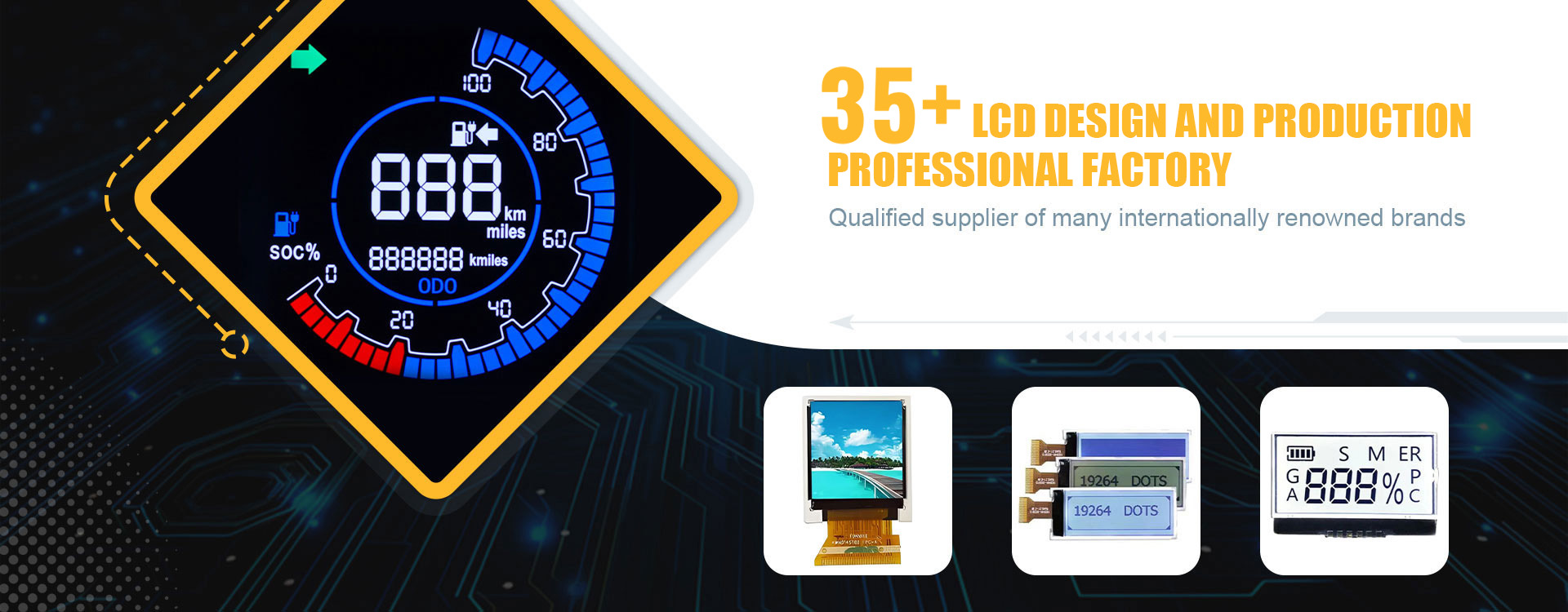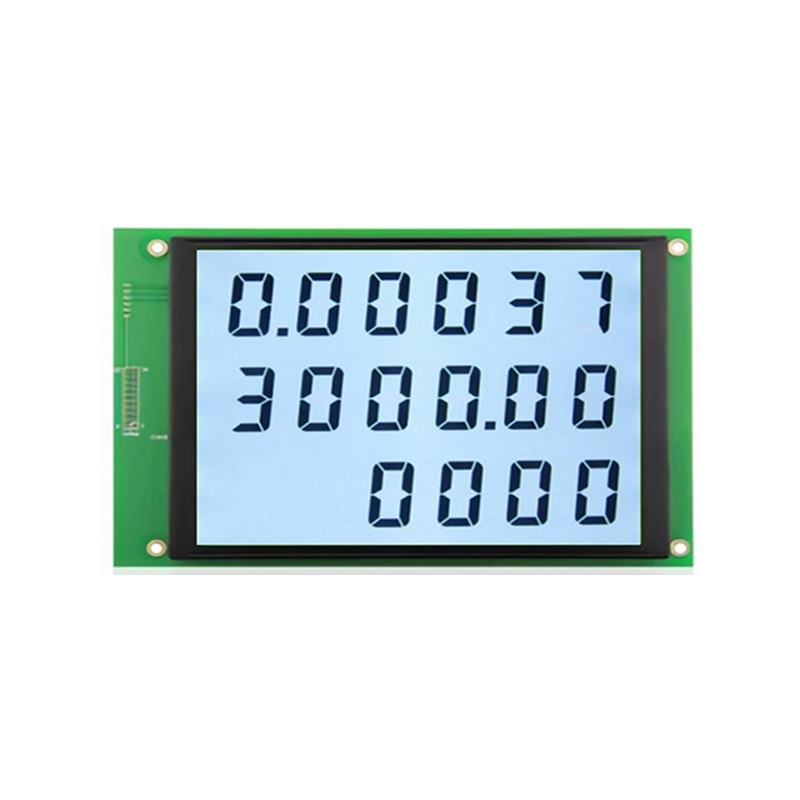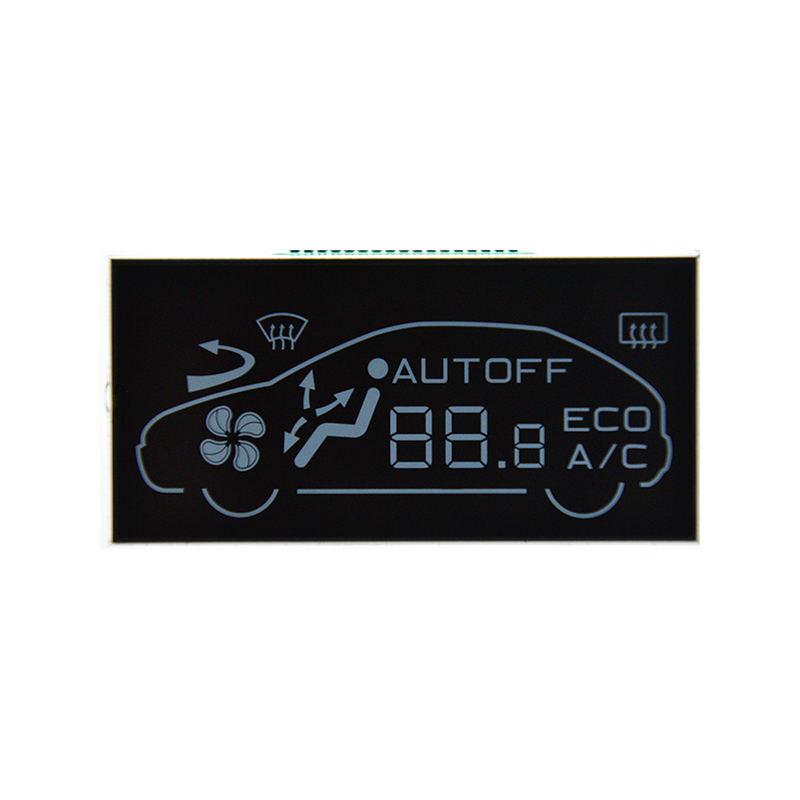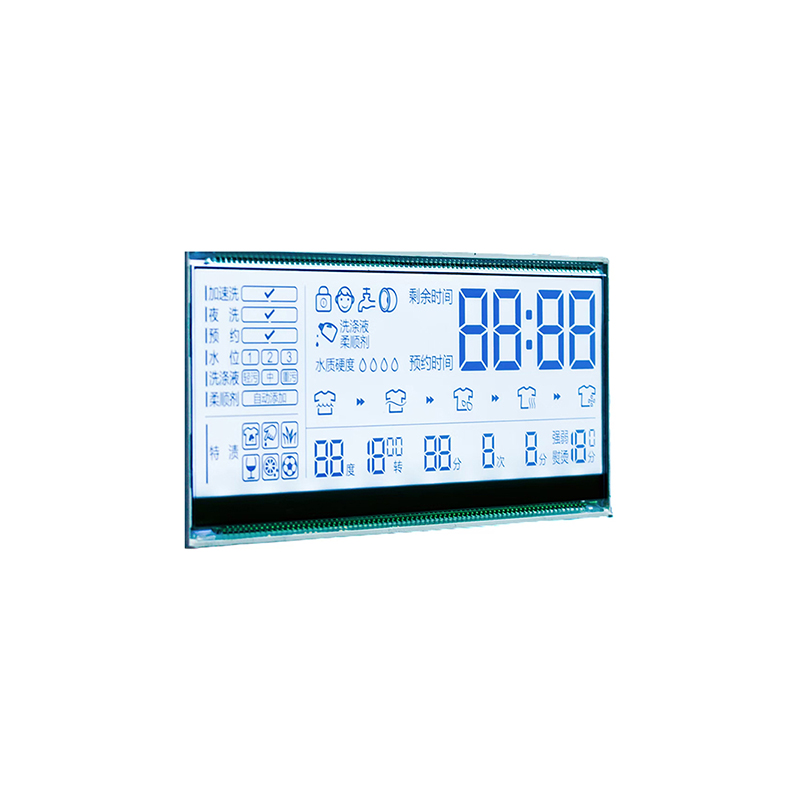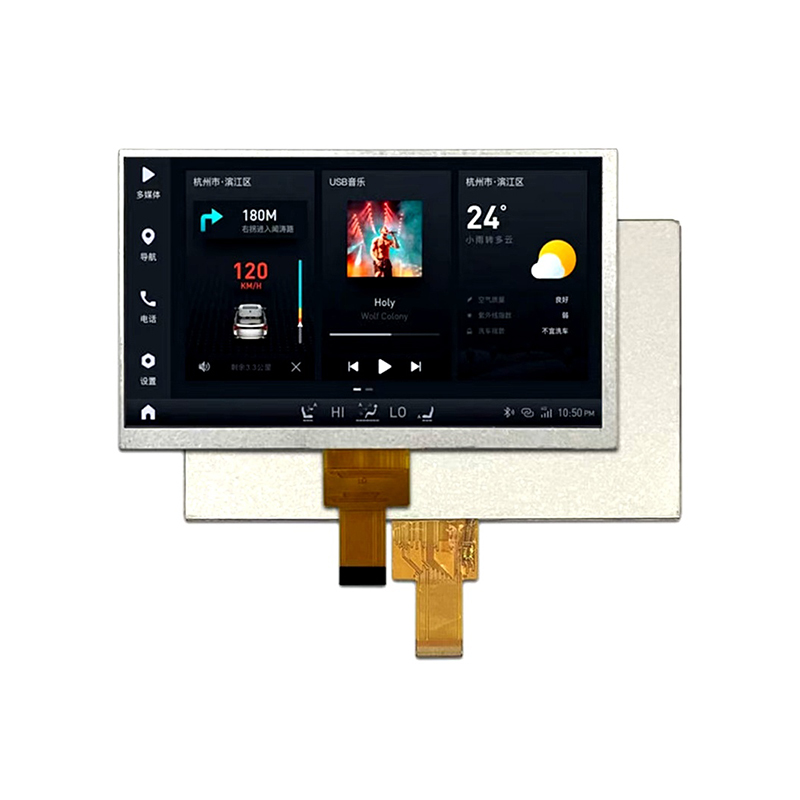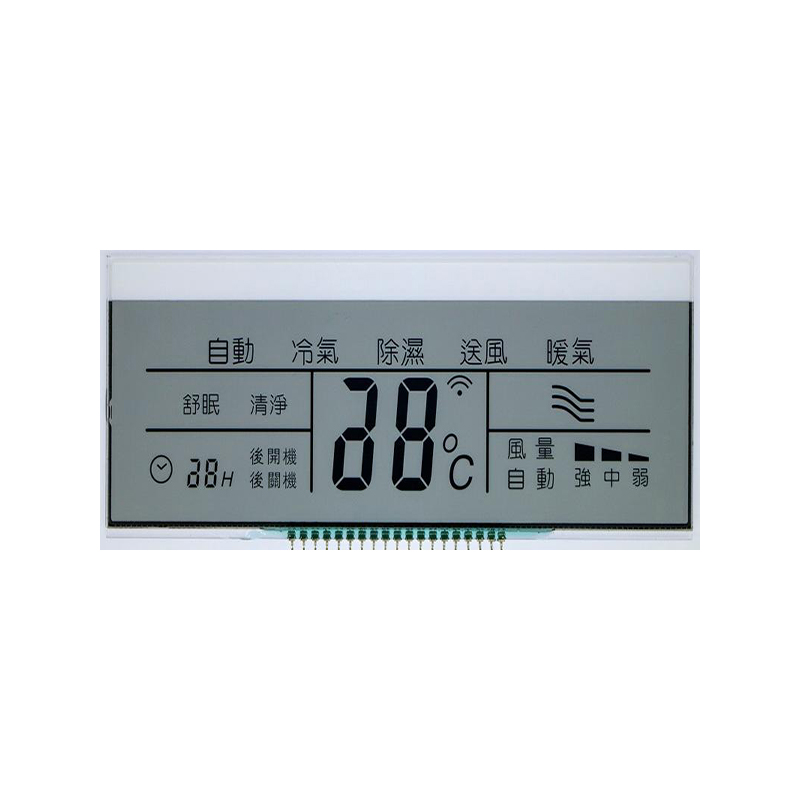
Choosing the right large OLED display can be a significant investment, requiring careful consideration of several factors. This guide dives deep into the world of large-screen OLED technology, helping you navigate the options and find the perfect fit for your home theater, gaming setup, or professional workspace. We'll examine top models, explore crucial specifications, and address common concerns to empower you with the knowledge needed for a confident purchase.
OLED (Organic Light-Emitting Diode) technology offers superior picture quality compared to traditional LCD displays. Each pixel in an OLED screen generates its own light, resulting in perfect blacks, infinite contrast ratios, and incredibly vibrant colors. This self-emissive nature eliminates the need for a backlight, leading to superior image depth and clarity. A major advantage of OLED is its wide viewing angles, offering consistent color accuracy and brightness no matter where you're sitting.
While OLED displays offer many advantages, concerns around burn-in and potential longevity persist. Modern OLED panels have significantly improved burn-in resistance through various technologies employed by manufacturers. Regular usage patterns and built-in pixel refreshers mitigate the risk considerably. The longevity of OLED displays is also continuously improving, with many manufacturers offering extended warranties.
The optimal screen size depends greatly on your viewing distance and the intended use. Larger screens offer an immersive experience, particularly beneficial for home theaters and gaming. Resolution impacts sharpness and detail; 4K (3840 x 2160 pixels) is the standard for large displays, providing exceptional picture quality. Consider 8K for truly breathtaking visuals, though content availability is still growing.
Brightness is measured in nits and affects visibility in bright rooms. OLEDs generally boast high peak brightness, but it's crucial to check specifications for your specific viewing environment. Contrast ratio is a key advantage of OLED; infinite contrast creates deeply saturated blacks and vivid colors, enhancing the overall viewing experience.
For gamers and those sensitive to motion blur, a high refresh rate (measured in Hz) is crucial. Higher refresh rates result in smoother, more fluid motion. Similarly, a fast response time ensures sharp image clarity during fast-paced scenes. Look for displays with refresh rates of 120Hz or higher and low response times (measured in ms).
This section will showcase some of the leading large OLED displays available on the market. Please note that specifications and availability may vary depending on your region.
| Model | Screen Size | Resolution | Refresh Rate | Features |
|---|---|---|---|---|
| LG C3 Series | 65, 77, 83 | 4K | 120Hz | HDR, Dolby Vision, WebOS |
| Sony A95K Series | 65, 77 | 4K | 120Hz | QD-OLED technology, Google TV |
| Samsung S95C Series | 65, 77 | 4K | 144Hz | QD-OLED technology, Tizen OS |
Remember to check manufacturer websites for the most up-to-date specifications and pricing. Consider your individual needs and budget when making your final decision.
Choosing the best large oled display involves carefully considering several key factors. By understanding OLED technology, weighing specifications, and exploring top models, you can make a well-informed decision and enjoy a superior viewing experience. Don't hesitate to research reviews and compare models before making your purchase. For more information on advanced display solutions, visit Dalian Eastern Display Co., Ltd., a leading provider of high-quality displays.
Note: Specifications and availability of products may vary. Always consult the manufacturer's website for the most current information.
